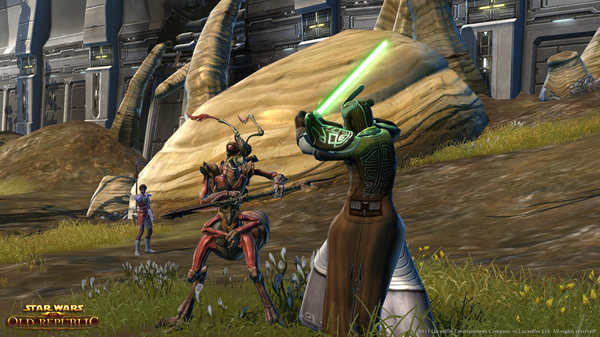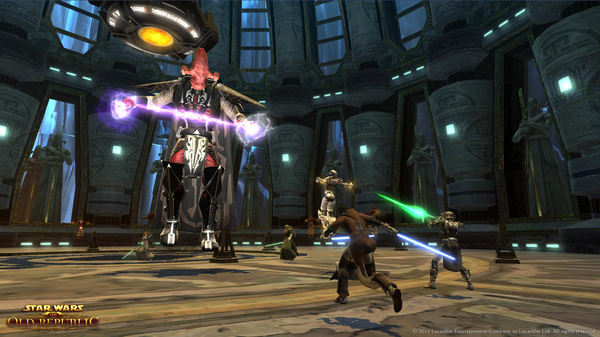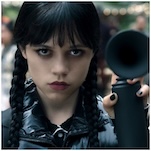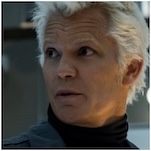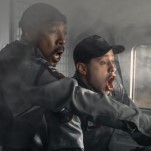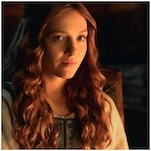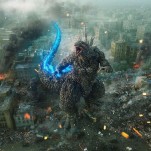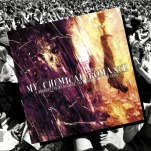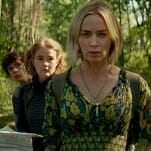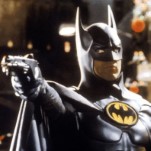Star Wars: The Old Republic (PC)
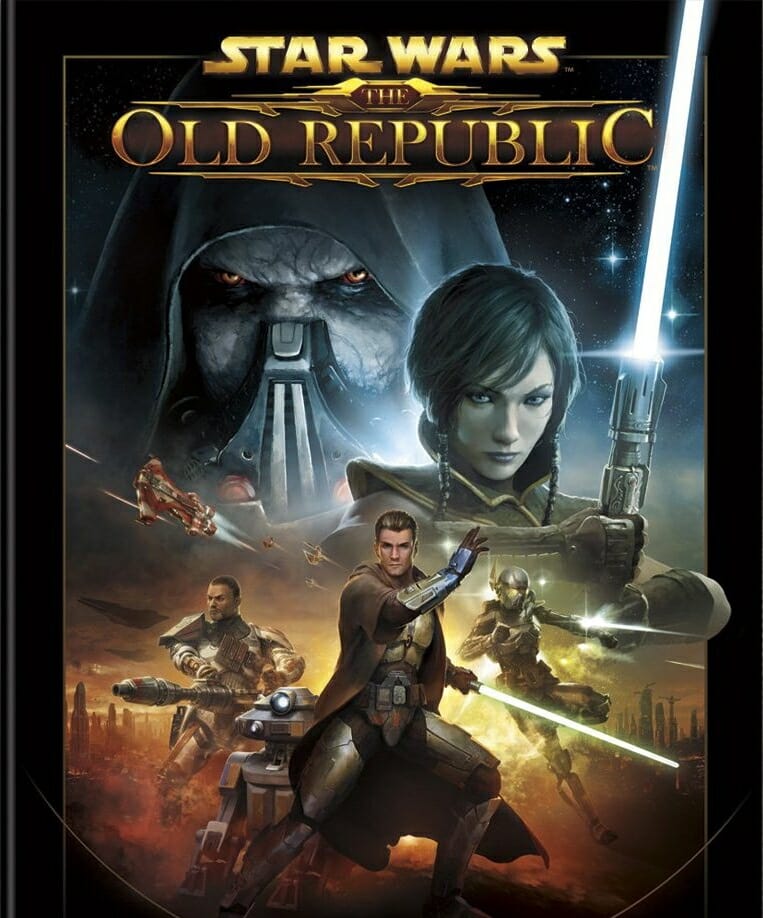
Star Wars: The Old Republic isn’t just an MMO. It’s an MMO with a story.
What good is the story of a video game?
This is one of the most important questions in gaming. Most games tell some kind of story, usually aping the forms of films, comics or novels. Yet in the vast majority of cases, by the standards of those other narrative forms, games do it poorly. We may all have our favorites – I’m partial to Suikoden II and Deus Ex, myself – but even the very best can rarely hope to compete with a great novel or film. Dragon Age: Origins has a good story for a game, sure, but when compared to books that inspired it, like A Song Of Ice And Fire, it’s pretty mediocre. And have you tried sitting down and describing the storyline of a Metal Gear Solid or Final Fantasy? It’s embarrassingly cliché or convoluted. On the flip side, the idea that a Mario game tries to tell any story about evil turtles, heroic plumbers, and magic mushrooms is about as ridiculous as it gets, so it’s fortunate that those games barely bother beyond a cursory attempt.
So, then, why do games continue to make that attempt? Tradition, of course, plays its role. Many games try to use “emergent narrative” where the game system creates personal stories for each player. (If you’ve come across a dragon fighting a giant without you in Skyrim, that’s an emergent narrative system). Others use the medium of video games to tell stories in a way that non-interactive media cannot – say, Bastion, and its attachment of changing narration to different player actions. But those are only a handful of games. If there is a lesson to be learned from Star Wars: The Old Republic, it’s that the addition of straightforward story to a game has benefits above and beyond the quality of the story itself.
On the surface, The Old Republic seems very similar to World Of Warcraft, the current dominant force in the massively-multiplayer role-playing game market. Its view perspective is the same, its collection of quests work the same way, each character class can be customized in three different manners, the interface is almost identical and so on and so on. There are two major, obvious differences: The Old Republic takes place in the Star Wars science fantasy universe, of course, as opposed to Warcraft’s dark fantasy world. Secondly, and more interestingly, The Old Republic is a far more story-oriented game than World Of Warcraft, thanks largely to its use of class-specific overarching storylines at the macro level and the cutscenes that bookend most quests at the micro level.
BioWare, developers of The Old Republic, are the reigning leaders of the single-player, story-based role-playing game, a stature earned by games like Mass Effect, Dragon Age, and, going back further, Knights Of The Old Republic, a game that reinvigorated Star Wars and inspired The Old Republic. Fans of those games will see their influence in The Old Republic, thanks to a dialogue system that’s a lighter version of Mass Effect’s, and the kind of ethical, Dark Side/Light Side choices common in role-
playing games.
Those dialogue take place within fully voiced cut-scenes. In most MMRPGs, when you interact with non-player characters, you’re simply given a wall of text, and your character is essentially voiceless. In The Old Republic, the player characters aren’t just voiced, they’re voiced well. Jennifer Hale, the female Shepard from Mass Effect, voices the Republic Trooper class, for example, while Nolan North, who voices Nathan Drake in Uncharted, plays the Jedi Consular. This makes the game’s quests feel more important and relevant. The voices force you to actually sit down and read or listen to the text, giving the game more personality.
That narrative draw, when it works, makes the entire game feel different. One of the dullest common quest styles in MMRPGs is the kill quota, where your character is sent across the map to kill 15 of a specific type of enemy. That doesn’t happen often in The Old Republic, but if you want to do it, many quests include optional quotas. This doesn’t directly relate to the voice acting and cut-scenes, but it feels like The Old Republic’s designers have made a conscious decision to add a narrative drive to a style of game that usually doesn’t have one.
It’s a neat trick. But it’s just a trick.
The Old Republic simply doesn’t do enough to change the MMRPG formula created by Everquest and solidified by World Of Warcraft. There are tweaks, and by-and-large, those tweaks are good, but the interface and class system and visual perspective is almost exactly the same as World Of Warcraft’s.
-

-

-

-

-

-

-

-

-

-

-

-

-

-

-

-

-

-

-

-

-

-

-

-

-

-

-

-

-

-

-

-

-

-

-

-

-

-

-

-

